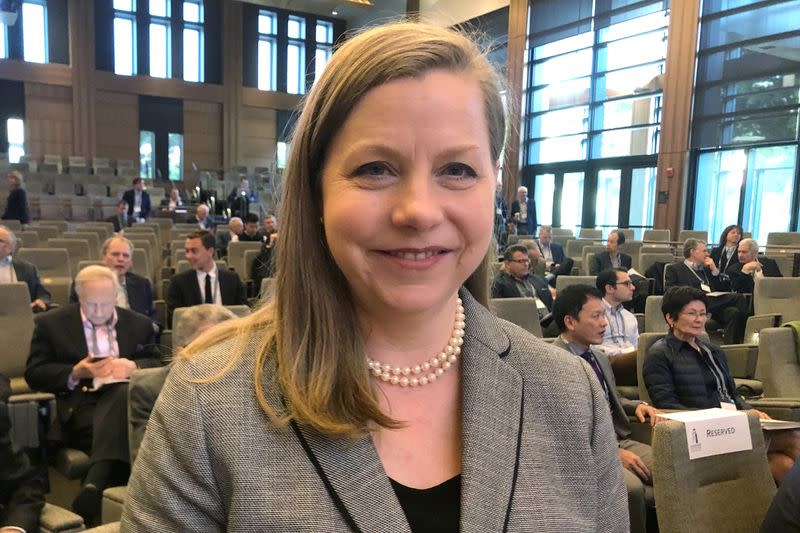Fed should look at how to efficiently support markets in times of stress -Bowman

(Reuters) - The Federal Reserve should consider how to most efficiently support financial markets in times of strained liquidity using information it has gleaned from its interventions at the onset of the COVID-19 pandemic, Fed Governor Michelle Bowman said on Friday.
The U.S. central bank should explore how "to minimize the Fed's footprint and amount of asset purchases needed to restore market functioning" in times of severe stress, Bowman said in prepared remarks at a conference organized by the University of Chicago Booth School of Business at which she was moderating a panel on market dysfunction in global financial markets.
Bowman did not comment on her outlook for the U.S. economy or monetary policy in her brief speech.
The Fed's targeted purchase of affected assets to quickly support financial market functioning, as occurred in Treasury markets in the spring of 2020, also meant "a key issue for central banks to consider is how to clearly distinguish asset purchases from the central bank’s monetary policy actions," Bowman added, as well as how to communicate an exit strategy to reduce the resulting enlarged balance sheet over time.
(Reporting by Lindsay Dunsmuir; Editing by Andrea Ricci)

 Yahoo Finance
Yahoo Finance 